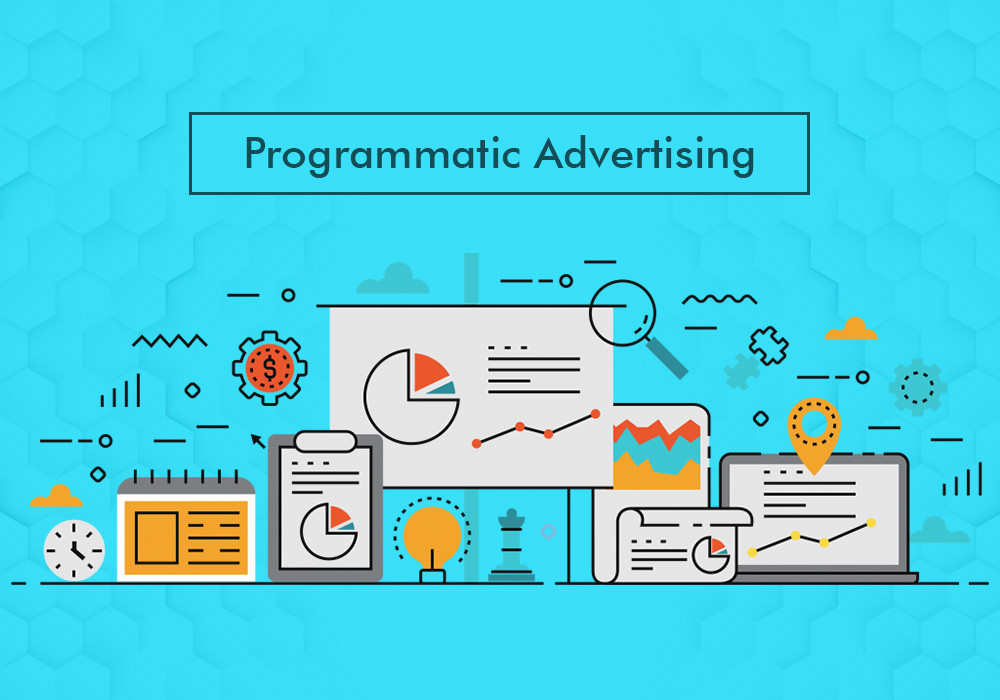What Is Programmatic Advertising?
Programmatic advertising is a method of buying and selling digital ad space using automated technology. Unlike traditional advertising, which involves manual processes and negotiations, programmatic advertising leverages algorithms and real-time bidding to serve ads to the right audience at the right time.
How Does It Work?
Programmatic advertising works through several key steps:
Demand-Side Platforms (DSPs): These platforms allow advertisers to bid on ad impressions across various publisher sites in real time.
Supply-Side Platforms (SSPs): Publishers use these platforms to sell their ad inventory.
Real-Time Bidding (RTB): When a user visits a website, an auction occurs in milliseconds, where multiple advertisers bid to display their ad to that user.
Data Management Platforms (DMPs): These platforms collect and analyze data to help advertisers target the right audience.
Read More: What is PPC (Pay Per Click) in Digital Marketing Explanation and Examples
Programmatic Advertising Platforms
There are several popular platforms in the programmatic advertising ecosystem, each catering to different needs:
Google Display Network: One of the largest networks, offering a vast reach across the web.
The Trade Desk: Known for its robust data integration and cross-channel capabilities.
Amazon DSP: Leverages Amazon's vast customer data for precise targeting.
MediaMath: Focuses on providing advanced data analysis and audience segmentation.
AppNexus: Offers a comprehensive suite of tools for both advertisers and publishers.
How Much Does Programmatic Advertising Cost?
The cost of programmatic advertising can vary widely based on several factors:
Bidding Model: Costs depend on whether you use a cost-per-impression (CPM), cost-per-click (CPC), or cost-per-acquisition (CPA) model.
Audience Targeting: More specific targeting can increase costs but also improve ad relevance and performance.
Ad Placement: Premium ad placements on high-traffic sites will generally cost more.
Ad Format: Rich media ads, video ads, and interactive formats tend to be more expensive than standard display ads.
Read More: What is PPC (Pay Per Click) in Digital Marketing Explanation and Examples
What Are The Benefits Of Programmatic Advertising?
Programmatic advertising offers numerous advantages for marketers:
Efficiency: Automated processes reduce the time and effort involved in ad buying and placement.
Real-Time Optimization: Campaigns can be adjusted on the fly based on performance data.
Better Targeting: Access to vast amounts of data allows for highly precise audience targeting.
Scalability: Easily scale campaigns across multiple channels and platforms.
Transparency: Detailed reporting provides insights into where and how your ad budget is being spent.
Improved ROI: By reaching the right audience at the right time, programmatic advertising often delivers better returns on investment compared to traditional methods.
Programmatic advertising is revolutionizing the way brands connect with consumers online. By automating and optimizing the ad buying process, it provides a more efficient, effective, and data-driven approach to digital marketing.


